In 2014, I become the fourth Director-General of the International Bamboo and Rattan Organisation, INBAR. INBAR is an international Treaty-based Inter-Governmental Organisation established in 1997 with originally 9 member countries and a mission to promote the well-being of producers and users of bamboo and rattan within the context of a sustainable resource base. INBAR is the world’s leading knowledge centre for bamboo and rattan development and a major force for South-South and North-South collaboration across Asia, Africa and Latin America and the Caribbean.
During my tenure, I managed a number of key achievements, including:
- INBAR celebrated its 50th Anniversary in 2017, and I received a letter of congratulation from China’s President Xi Jinping.
- I welcomed 5 new Member countries and 2 Observer States, taking the total membership to 48 in 2019.
- I became a member of the China Council for International Cooperation on Environment and Development in 2017.
- INBAR became Permanent Observer to the United Nations General Assembly in 2017.
- We organised the first international Bamboo and Rattan Conference in Beijing in 2018.
- INBAR was recognised as a partner in the planning for the Belt and Road Initiative in 2016.
- Bamboo was included in the plans of the Forum on China-Africa Cooperation (FOCAC), and INBAR was recognised as a partner in the new China Development Aid Programme in 2018.
- In 2016, we launched the first tri-lateral programme agreement between China, INBAR and the Netherlands, to support bamboo development in Ethiopia, Kenya and Uganda.
- We launched the Global Assessment of Bamboo and Rattan (GABAR) at the 2015 World Forestry Congress in Durban.
- INBAR is Observer of all three Rio Conventions (biodiversity, climate and deserts) and I spoke at every Conference of Parties.
- INBAR became an affiliate of IUCN, the International Union for Conservation of Nature in 2019.
- We opened a fifth Regional Office in Cameroon, to better serve the French-speaking Members in Africa.
I stepped down from my position of Director-General in April 2019, and moved to Malta. However, I am still actively engaged with bamboo development through social media. I also am one of the global Ambassadors of the World Bamboo Organisation, and I am Advisor to the European Bamboo Programme, which is managed by the Dutch company Bamboologic.
One of my key issues is to promote bamboo as a support for sustainable development, both in the global South and in Europe. The following is an adaptation of my keynote speech for World Bamboo Day 18 September 2020.
Bamboo for sustainable development
In 2015 the world agreed with the 2030 development agenda of the United Nations. This Agenda is a plan of action for people, planet and prosperity, which comprises 17 Sustainable Development Goals and 169 targets. The Goals are integrated and cannot be considered in isolation, and they combine the three dimensions of sustainable development: economic progress, social equity and environmental protection.
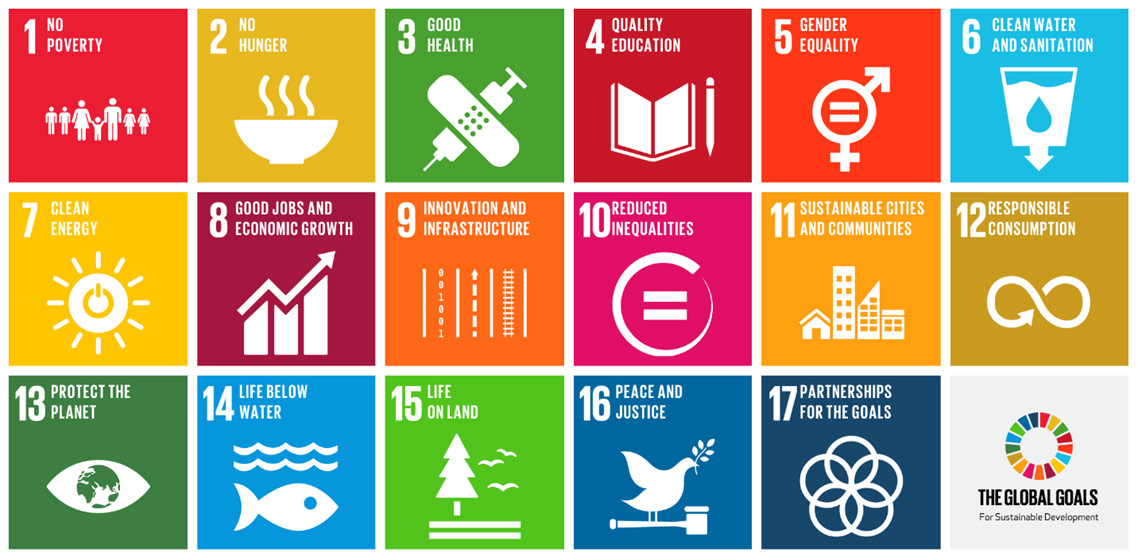
Bamboo can play a key role in many of these Goals, but although the goals are inter-related, the relevance of bamboo is not the same for all. Below, I highlight several Goals where bamboo can make a significant difference. Although bamboo does not naturally grow in Europe, we are convinced that it will thrive in Portugal and Spain. The aim of the European Bamboo Programme is to develop agro-forestry bamboo plantations in the south of Europe.
 The First Goal (End Poverty)
The First Goal (End Poverty)
is maybe the most critical SDG and bamboo can certainly play a role. In China, bamboo has been instrumental in raising millions of local farmers and their families out of poverty, and in northeast India most local communities depend on bamboo for their livelihoods. Bamboo can provide a solid source of income, starting from harvest and collection to processing, manufacturing and trade.
In addition, bamboo shoots provide food for human consumption, while bamboo leaves provide fodder for livestock. Mushrooms thrive in bamboo litter, and free-range chicken in bamboo woodlots eat bamboo leaves while providing natural fertiliser for young bamboo. All of this helps to reduce poverty and improve livelihoods.
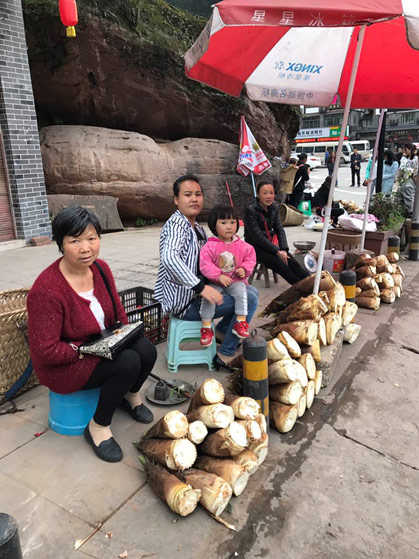
 7 (Affordable and Clean Energy)
7 (Affordable and Clean Energy)
aims to increase substantially the share of renewable energy in the global energy mix and promotes international cooperation to facilitate access to clean energy research and technology, including renewable energy.
Bamboo provides energy when it is burned as firewood or processed into chips or pellets, carbonized as charcoal or used as feedstock to produce syngas. The common starting point for these different value chains is that managed bamboo stands give a long-term, sustainable source of raw material that helps to avoid deforestation.
The United Nations Forum on Forests estimates that more than 2 billion people still rely on wood fuel to meet their primary energy needs such as cooking and heating. Most of this wood is generally harvested unsustainably, often illegally and this is a principal driver of deforestation in some countries. Bamboo could be a sustainable alternative for solid household fuel in Africa and Asia, and lucrative African bamboo charcoal enterprises for household fuel already exist in Ethiopia, Ghana, Uganda and Zambia.
At a larger industrial scale, bamboo can be chipped or pellets can be made from waste, and this can be used to fire generators through gasification. Research is under way in India, Indonesia and Japan to determine how best to establish large-scale power generation based on bamboo plantations. There is also practical demand from European energy suppliers to explore alternatives for the wood pellets that are currently mainly sourced from USA, and bamboo pellets have been shown to be suitable.
As an innovative solution for energy provision, bamboo fibre can also be used to manufacture the blades of turbines for hydropower and wind energy. This is an emerging field of research and development, but the first modern windmills with bamboo blades are in operation in China.
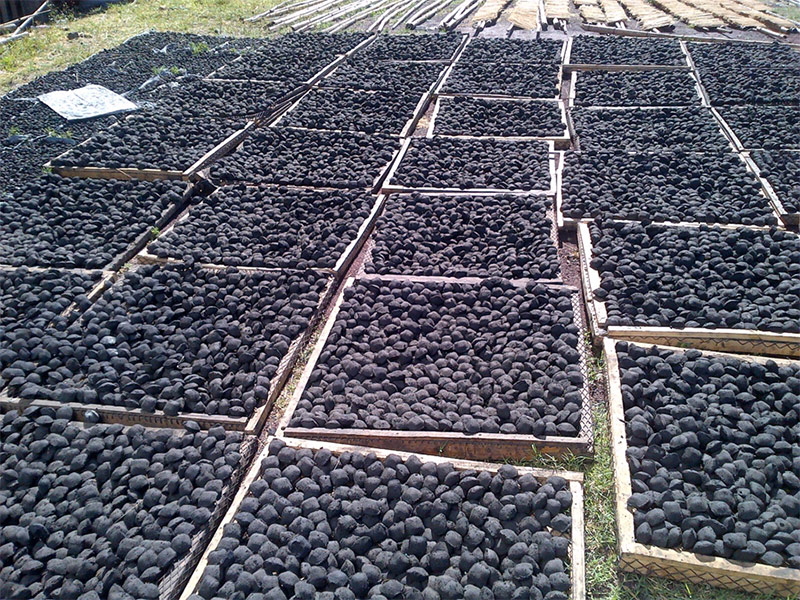
 Goal 8 (Decent Work and Economic Growth)
Goal 8 (Decent Work and Economic Growth)
includes targets that aim to achieve higher levels of economic productivity through diversification and innovation and to encourage the formalization and growth of micro-, small- and medium-sized enterprises.
China and India together employ some 20 million people in bamboo development and manufacturing, and many more are involved around the world, with some reports suggesting that globally 1 billion people depend on bamboo. Jobs range from managing plantations and harvesting of poles and bamboo shoots, via pre-processing like sorting, cleaning, cutting, treatment and splitting to production of raw material, manufacturing of simple products and to the assembly and trade of high-end design and innovation tools.
| Primary Production |
Plantation establishment and management. | Weeding, thinning, cleaning, etc |
| Harvesting of bamboo shoots, poles and other products like mushrooms | Digging, cutting | |
| Collection and transport of goods | ||
| Secondary Production |
Pre-processing | Sorting, cleaning, treatment, cutting, splitting |
| Tertiary Production |
Production of raw material and simple items | Fibre, manufacturing and construction elements, preserved bamboo shoots, charcoal, vinegar |
| Manufacturing of products | Utensils, furniture, flooring, paneling, pulp and paper, clothing, activated charcoal, composite from fibre, canned bamboo shoots | |
| High-end Design and Construction |
Trade and sales of high-end products | Interior design and construction, manufacturing of products from bamboo composites, applications of activated charcoal, pharmaceutical products, innovation, eco-tourism, culinary inventions |
This currently involves mainly small and medium sized enterprises, both in production countries where the bamboo plants grow and in consumer countries where the bamboo goods are used.
While the first steps of the bamboo value chain may be modest, bamboo is sold in Europe as a modern, stylish material for furniture and household goods. And although most of the consumer outlets for bamboo are small as well, larger companies increasingly also use bamboo as a raw material in their products, because it is a sustainable alternative to wood, and hardwood supplies are dwindling the world over.
 Goal 11 (Sustainable Cities and Communities)
Goal 11 (Sustainable Cities and Communities)
includes a target to ensure access for all to adequate, safe and affordable housing, and aims to significantly reduce the number of people affected by disasters.
For affordable housing and dwellings that can be rapidly erected to respond to earthquakes or floods and other disasters, bamboo is emerging as the construction material of choice. A number of documented cases in Latin America testify how bamboo structures better withstand the impact of earthquakes than concrete housing, and this is now being applied to other countries, like Nepal. Local bamboo is also being used as the primary construction material for nearly all structures in the Rohingya Refugee Camps and Sites, Cox’s Bazar Region, Bangladesh.
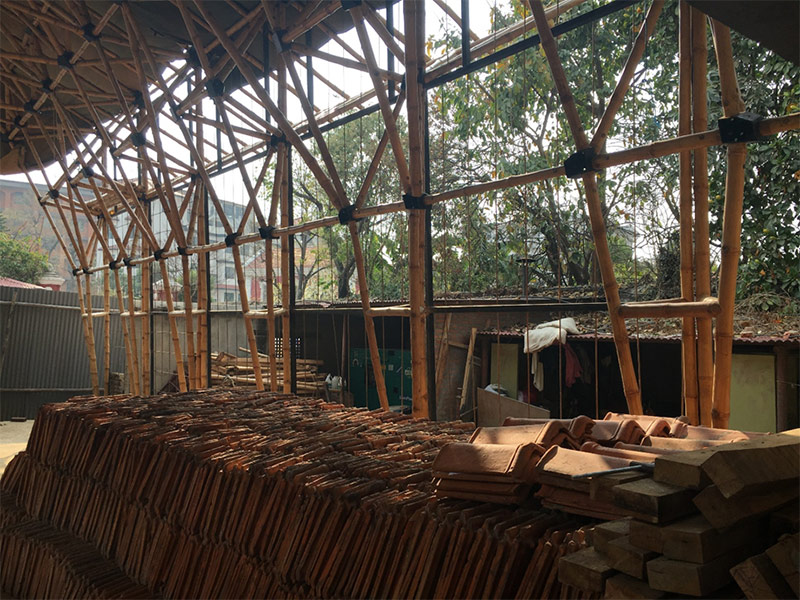
On the other hand, in the world of modern urban construction, more top architects and designers are specifying bamboo for their creations, due to its durability, look and sustainability aspects. For example, Bamboo flooring was installed on platforms and stairs at Gare-du-Nord in Paris, one of the busiest railway station in Europe with almost 200 million passengers a year. Bamboo is the only parquet that is suitable for these kinds of covered outdoor areas with high humidity and temperature fluctuations, and intense use.
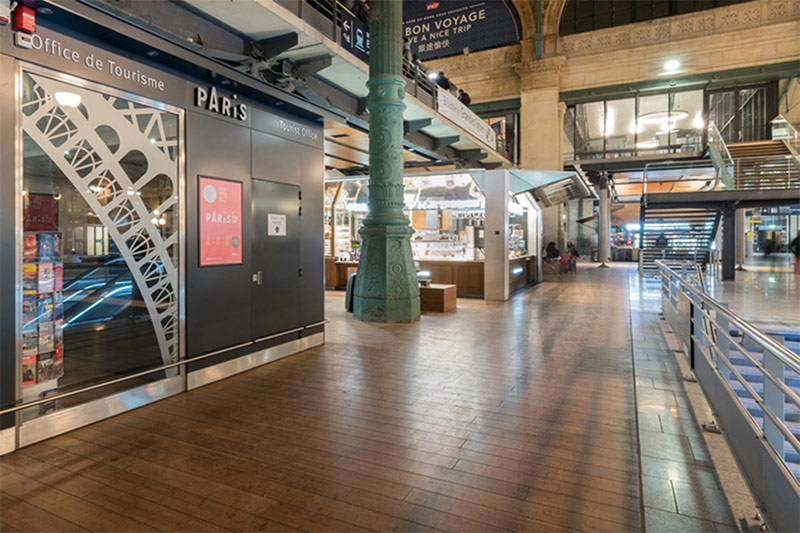
 Goal 12 (Ensure Sustainable Consumption and Production Patterns)
Goal 12 (Ensure Sustainable Consumption and Production Patterns)
aims to achieve the sustainable management and efficient use of natural resources and encourage companies to adopt sustainable practices.
Sustainable production and regulated trade requires standards to be set and adhered to, and calls for certification, monitoring and enforcement of these regulations. Bamboo is a “woody grass”, not a tree, and there are not many standards and regulations that apply to bamboo. The International Standards Organisation (ISO) has Technical Committee 296, that is developing international standards for bamboo production. Their first report of the committee – an agreed vocabulary for bamboo products – was announced in August this year.
One of the specific targets of SDG12 is to reduce waste, and bamboo is an excellent tool to reach this target. In fact, every part of the bamboo plant can be used for manufacturing. Moreover, many used bamboo products can be recycled into other uses. For example, a company in Canada is collecting used bamboo chopsticks from local restaurants, and re-constructing them into stylish cutting boards, coasters, shelves and other design items.
SDG 12 also promotes green public procurement practices, and this is another area where bamboo can contribute. For example, a company in Hangzhou, China uses bamboo fibres in reinforced materials, processing the thin bamboo strips into large drainage pipes through traditional winding technology. The bamboo fibre pipes can replace most concrete, polyethylene and other traditional pipes in the market, and can be widely applied to municipal water supply and drainage networks.
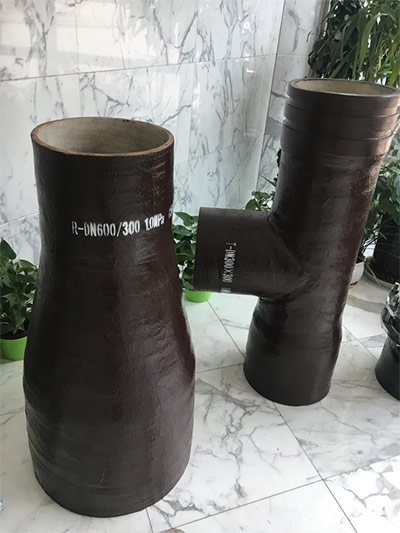
 Goal 13 (Climate Action)
Goal 13 (Climate Action)
aims to strengthen resilience and adaptive capacity to climate-related hazards and natural disasters in all countries, while promoting mechanisms to mitigate climate change. Bamboo is particularly relevant as it can help:
- Mitigate climate change:
- Bamboo plants absorb carbon dioxide and manufacturing of bamboo products can enhance this capacity by locking CO2 into durable goods or in bamboo biochar.
- Bamboo fibre can be a source of alternative, non-fossil-fuel energy.
- Bamboo forests can help to maintain ecosystem services, and bamboo plantations can restore degraded landscapes.
- Adapt to the effects of climate change.
- Bamboo shoots can help with food security, while bamboo leaves can provide fodder for livestock and smallstock.
- Primary production and manufacturing of bamboo goods provides jobs, often for vulnerable or marginal groups.
- Generate jobs and income.
- Manufacturing and trade of high-value goods creates jobs in urban context, and can help with national and international trade. Such goods can be used in urban planning, interior design and construction.
Like other plants and trees, bamboo absorbs CO2, and research has established that a well-managed bamboo grove absorbs more CO2 than an equivalent woodlot of Chinese fir. Carbon in bamboo plantations is measured as a combination of a) Total Ecosystem Carbon in the natural environment, b) carbon locked up in harvested bamboo products, and c) potential carbon contribution as a displacement of abiotic products with bamboo products. A well-managed bamboo woodlot therefore provides a secure carbon sink, and recent calculations estimate the carbon storage to be as much as 530 tC/ha.
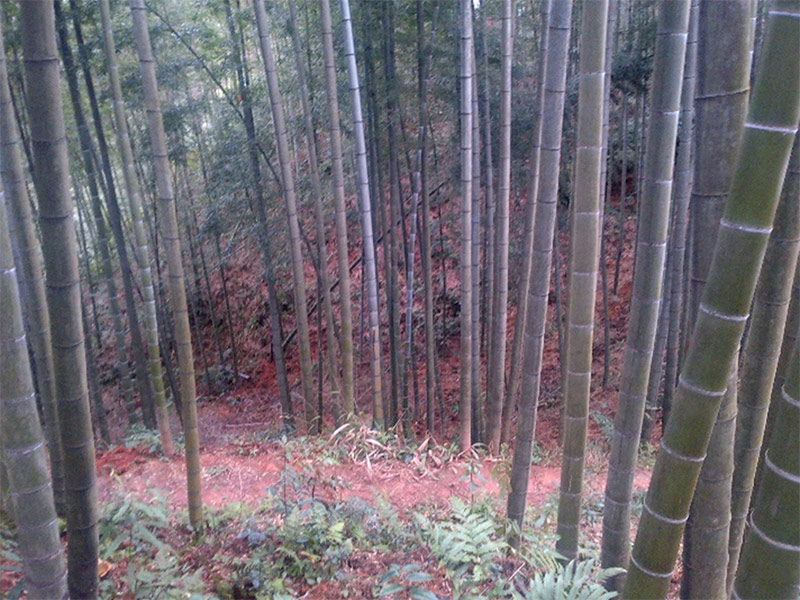
 Goal 15 (Life on Land)
Goal 15 (Life on Land)
is also very important for bamboo. The following list from a 2019 report by the Centre for International Forestry Research (CIFOR) provides a comprehensive list of bamboo ecosystem service examples from Africa and Asia.
Provisioning services:
Food, Forage, Timber for construction, Raw material, Bio-energy, Pharmaceutical components, Freshwater
Regulating Services
Landscape restoration, Sediment retention, Carbon sequestration, Carbon storage, Air quality regulation, Landslide control, Groundwater recharge, Water purification, Moderation of extreme events
Habitat Services
Habitat provision, Biodiversity conservation
Cultural Services
Landscape beautification, Recreation and Ecotourism, Cultural and religious values, Human wellbeing
Many of these services have already been discussed, and the following contributions are directly related to SDG15.
Habitat provision and biodiversity conservation is one of the key values of bamboo forests, with critical species like Mountain Gorillas in East and Central Africa, lemurs in Madagascar, Red Panda in the Himal Region and the Giant Panda in southern China. But there are also frogs and many other species that live in bamboo forests.
The extensive root and rhizome system make bamboo a unique and effective tool to control erosion, maintain slope stability and avoid landslides. Several countries in the global South use bamboos along river banks for protection, like this example in Rwanda.
Other countries are using bamboo to restore degraded land. Many successful examples are listed in a 2018 FAO-INBAR publication including case studies from China, Colombia, Ghana, India and Thailand to name a few. More countries a now realising this potential, as this recent press release from Philippines illustrates.
Sustainable land management is also an issue that is critical for southern Europe, and we believe that bamboo could help here as well. Europe could become a new source of bamboo, by establishing plantations, especially in southern Europe. We know that bamboo can grow here as there are already several healthy bamboo nurseries and small woodlots in France, Italy, Portugal and Spain. There is also a real interest in reviving and diversifying local agricultural production in the South of Europe, and the European Union is calling for a New Green Deal. Bamboologic is therefore developing a European Bamboo Programme, and I am advising in this effort. We will start by planting bamboo in Portugal this year, and we are planning to expand into Spain in the coming years.
 Goal 17 (Partnerships)
Goal 17 (Partnerships)
is all about working together. Bamboo grows in the Global South, and the development of bamboo has been a clear example of successful South-South Cooperation. The International Bamboo and Rattan Organisation – INBAR – has its Headquarters in Beijing, China and its members come from Africa, Asia and Latin America. When I was the CEO of the organisation our work included information sharing, technology transfer and capacity building, and this included trainees from many different countries.
On the other hand, the overseas development assistance programmes of European DAC countries could help to support bamboo in other parts of the world. I launched a collaboration in East Africa between the Netherlands and China, but there are many other likely connections. Especially the colonial links between France and West Africa can be explored in more detail, as bamboo grows in many Francophone nations. Equally, the connections between Portugal, Brazil, Timor Leste, Angola and Mozambique may provide opportunities for cooperation. And of course, the relations between Spain and Latin America offer excellent grounds for joint action, as there is interest in bamboo in Spain.
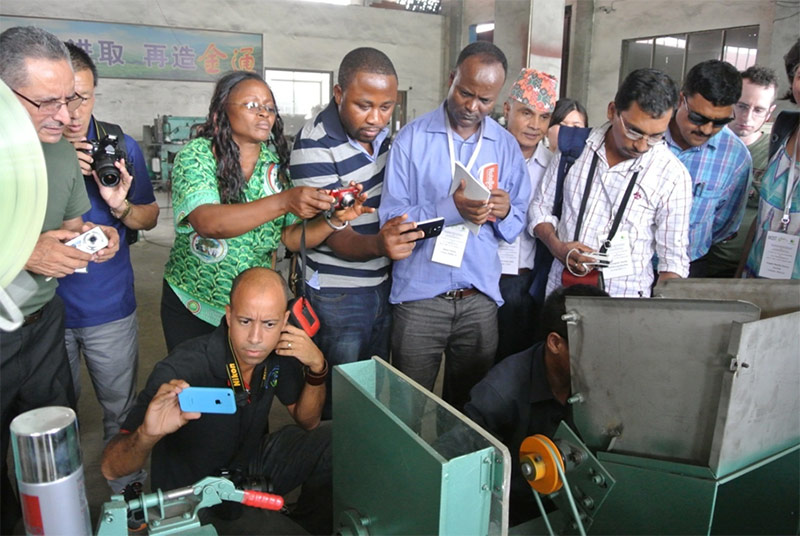
Conclusion
Bamboos can play a key role in several of the Sustainable Development Goals mentioned above. That does not mean bamboo has no role in Health and Wellbeing, Gender Equality or some other SDGs, but I focused on those areas where the impact may be most effective. There are also some fundamental challenges to overcome, and celebrating World Bamboo Day is one way to start to address them.
The specific relevance of bamboo plants and products varies from country to country, but as bamboos grow naturally in Africa, Asia and Latin America, they should be considered in the National Socio-economic Development Plans and in Nationally Determined Contributions to the Paris Agreement.
And as the main market for bamboo goods is in Europe and North America, the importance for bamboo should not be overlooked in these Regions either.

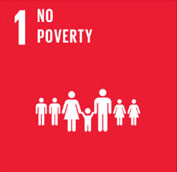 The First Goal (End Poverty)
The First Goal (End Poverty)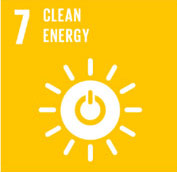 7 (Affordable and Clean Energy)
7 (Affordable and Clean Energy)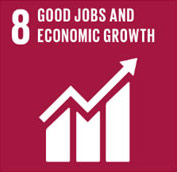 Goal 8 (Decent Work and Economic Growth)
Goal 8 (Decent Work and Economic Growth)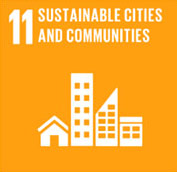 Goal 11 (Sustainable Cities and Communities)
Goal 11 (Sustainable Cities and Communities)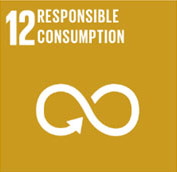 Goal 12 (Ensure Sustainable Consumption and Production Patterns)
Goal 12 (Ensure Sustainable Consumption and Production Patterns) Goal 13 (Climate Action)
Goal 13 (Climate Action)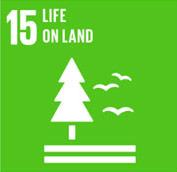 Goal 15 (Life on Land)
Goal 15 (Life on Land)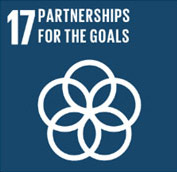 Goal 17 (Partnerships)
Goal 17 (Partnerships)